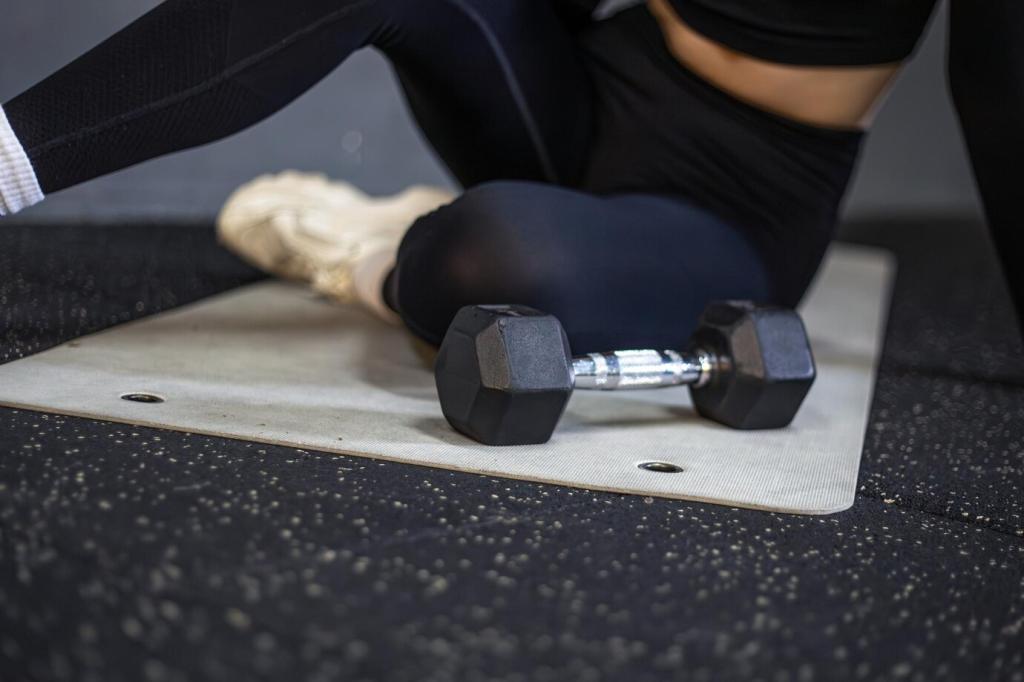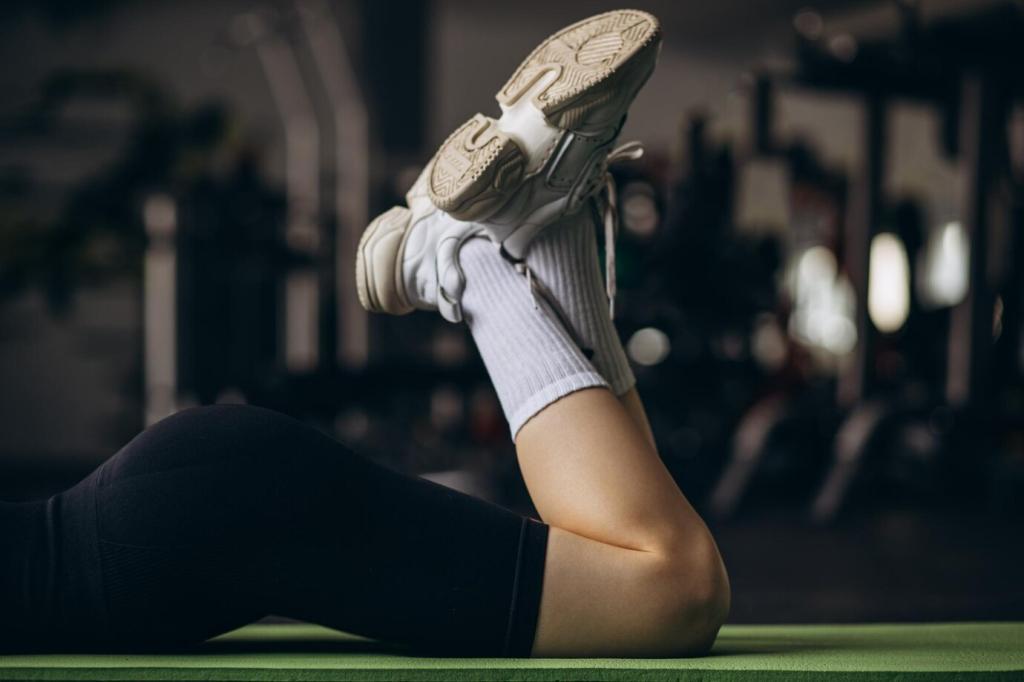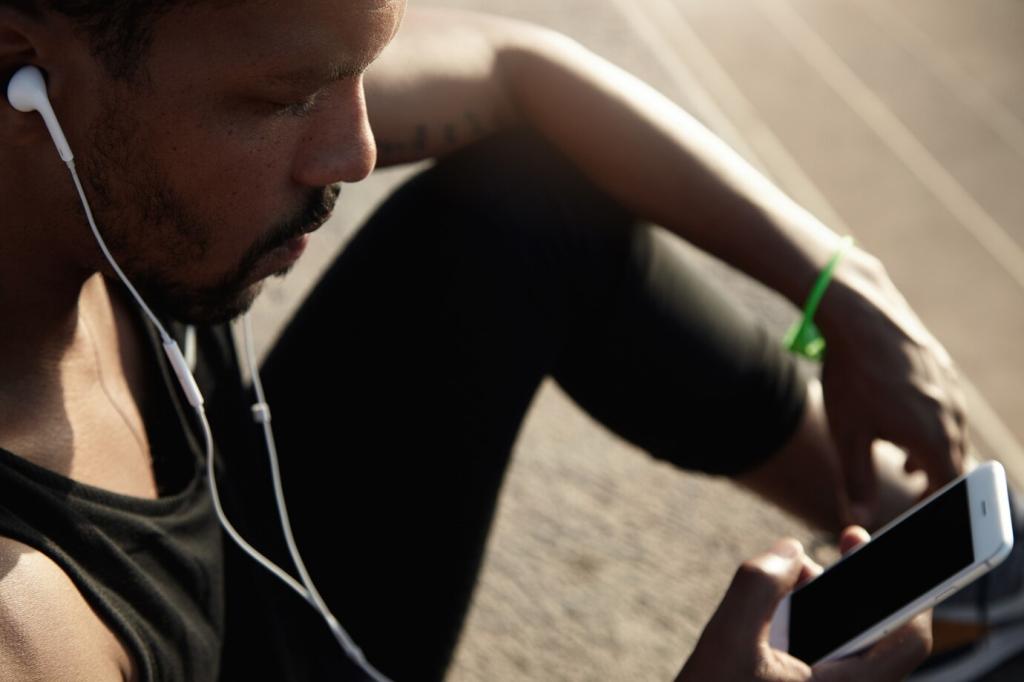
Restorative Yoga for Recovery: Gentle Practices to Begin Again
Chosen theme: Restorative Yoga for Recovery. Welcome to a calm, encouraging space where quiet postures, mindful breath, and kind attention help your body, heart, and mind rebuild resilience. Subscribe for weekly recovery-friendly ideas and compassionate guidance.

Why Restorative Supports Healing
By emphasizing comfort and stillness, restorative yoga stimulates the parasympathetic nervous system, softens cortisol spikes, improves circulation, and signals safety to tissues. This environment encourages gradual repair without overtaxing your energy or joints.

Props You Already Own
You don’t need fancy gear to start. Use pillows, folded blankets, towels, books as blocks, and a scarf as a strap. Comfort is the goal; improvising props often makes poses feel uniquely supportive.

A Gentle Start That Builds Trust
Many recovering students feel wary of movement. Restorative yoga starts slowly, prioritizing comfort and consent. Each supportive shape invites your body to exhale, rebuild trust, and recognize that healing can be soft, not forceful.
Breathwork That Calms and Restores
Diaphragmatic Breathing Basics
Place hands on belly and ribs, inhaling gently through the nose while feeling expansion, then exhaling longer than you inhale. This rhythm helps quiet the stress response and fosters clarity without strain.

A 20‑Minute Recovery Sequence You Can Trust
Lie down with knees bent, hands on belly. Name one kind intention like “I choose steady ease.” Slow your exhale and feel the floor’s support underneath every breath and bone.

Working with Professionals, Pacing with Kindness
Coordinate with Your Care Team
Share your restorative plan with your physician or physical therapist. Gentle positioning, longer holds, and low exertion often complement rehab goals. Ask for contraindications and green‑light poses suited to your condition.
Use a Friendly Pain Scale
Aim to stay within a two or three out of ten. If sensations escalate, add props, exit slowly, or switch to breathwork. Recovery thrives when your body feels consistently safe, not heroically pushed.
Recovery Journal and Check‑ins
Track sleep quality, mood, swelling, and energy after sessions. Patterns will guide adjustments. Comment with your observations so we can offer tailored suggestions and celebrate subtle but meaningful progress together.
Mindset: Permission to Rest Is Powerful
Many of us equate effort with value. Restorative yoga invites another truth: your body repairs most effectively in safety and slowness. Permission to pause is not avoidance—it is precision for recovery.
Mindset: Permission to Rest Is Powerful
Expect plateaus and small setbacks. Think of them as information, not failure. Gentle consistency—five to twenty minutes most days—often outperforms sporadic intensity during sensitive stages of healing.



